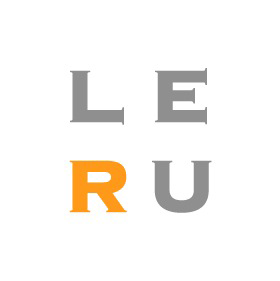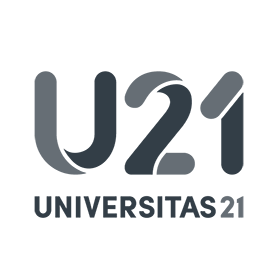Research
Daniel Sj÷berg, Professor
My research is mainly geared towards the understanding of the interaction of electromagnetic fields with structures and materials. This involves antennas and microwave applications, as well as pure materials. The core of my research is theoretical, where I use advanced mathematical and computional methods to study fundamental aspects of electromagnetic interaction. However, much of the research is close to applications and in close collaboration with industry, particularly the aerospace sector.
If you are interested in doing a Master thesis, please send me an email. The Department has a list of currently announced thesis projects.
For a list of my publications, please see the link Publications to the left.
Materials
In the area of materials my main research is for composite materials. In particular, I look at the homogenization problem on how to compute effective material parameters for a very heterogeneous structure. This problem can be understood in principle by the image below, where it is seen that if the microscopic scale is small enough (in electromagnetics: much smaller than the wavelength of the application), the heterogeneous structure can be replaced by a homogeneous medium.

The homogenization problem consists in how to compute the effective material parameters, such that the homogeneous body at the right has approximately the same properties as the fully heterogeneous structure on the left. This is a classical problem in science, and it has been revived by new mathematical progresses as well as better control of the microscopic structure due to nanotechnology. With the help of composite materials, we can design materials with the properties necessary for specific applications.
Measurement problems
I deal with the problem of interpreting measurements, mostly from a materials point of view. The basic problem is how to measure some electromagnetic property, which in the microwave region is typically made with a network analyzer. This produces so called scattering parameters (S-parameters), which often are only an indirect measure of what we actually want to determine. For instance, we may want to determine the permittivity of a material, but can only measure reflection data. The remaining problem is then how to convert this data into the permittivity, which is an inverse scattering problem. For isotropic media this is well studied, but for more complicated media (for instance anisotropic), this is a surprisingly unexplored field. I am also interested in the calibration problem, that is, how to eliminate systematic errors in the measurement.
Antenna and sensor technology
I am interested in fundamental aspects of antennas and antenna technology, particularly the design of broad band applications. I participated in a national Swedish research programme on antennas funded by the Foundation for Strategic Research, and in the European Network of Excellence ACE. Within these programmes, I mainly did research on materials aspects and frequency selective surfaces, which are a kind of spatial filters which block or transmit electromagnetic waves in a particular frequency band. At the moment, I am designing antennas for use in a 60 GHz impulse radio system within the SSF Center for High Speed Wireless Communication. I am involved in several projects on sensor integration with the aerospace industry, such as Saab Aerosystems (Linköping), Saab Microwave Systems (Mölndal), and Applied Composites AB (Linköping, recently purchased by Volvo Aero).
Scientific computing
As part of most of my research, it is necessary to do some numerical simulations, and sometimes this even constitutes the major part of the project. I work with both time and frequency domain codes, commercial as well as public domain. Some of my favorites so far are Efield for large and general problems with complicated geometry, Henrik Holter's code PB-FDTD for fast evaluations of periodic problems, MIT-MPB for bandgap calculations, and Comsol Multiphysics for general problems with anisotropic media. Some of the larger computations are run on the linux cluster lunarc at Lund University.

